Rebekka Weiss & Tobi Müller
Responsible AI @ Microsoft - Governance, Standards, Learnings
#1about 2 minutes
Responsible AI is more than just legal compliance
Regulation shapes AI governance, but true responsibility also involves code, shared learnings, and operational standards.
#2about 3 minutes
Establishing foundational principles for AI development
Microsoft's AI strategy began by proactively addressing risks and establishing core principles like fairness, privacy, and security.
#3about 3 minutes
Addressing new risk vectors in generative AI
Generative AI introduces unique risks like jailbreaks, prompt injection, and harmful content that require continuous mitigation efforts.
#4about 2 minutes
Using the NIST framework to structure AI risk management
The NIST AI framework provides a standardized approach to map, measure, manage, and govern AI risks effectively.
#5about 4 minutes
Building a diverse and collaborative governance model
Microsoft's hub-and-spokes model for responsible AI relies on diverse teams and thorough documentation to share learnings and prevent duplicated efforts.
#6about 3 minutes
Structuring the office of responsible AI for impact
The Office of Responsible AI is organized into three key pillars—engineering, policy, and research—to address the multifaceted nature of AI governance.
#7about 3 minutes
Securing systems with red teaming and data governance
Proactive security measures like large-scale red teaming and robust data governance are essential for protecting AI systems and user privacy.
#8about 2 minutes
Scaling risk identification from manual to automated testing
The risk assessment process begins with manual human testing to understand user behavior, which is then scaled using automated tools like PyRIT.
#9about 4 minutes
Prioritizing human oversight with layered safety mitigations
The "Copilot, not Autopilot" philosophy emphasizes irreplaceable human review and a multi-layered mitigation strategy for safe human-AI interaction.
#10about 2 minutes
Ensuring product readiness and shaping global AI standards
A rigorous pre-launch assessment ensures product safety, while advocacy for global standards aims to make AI beneficial for everyone.
Related jobs
Jobs that call for the skills explored in this talk.
Matching moments

14:46 MIN
Implementing responsible AI and data privacy in enterprises
Architecting the Future: Leveraging AI, Cloud, and Data for Business Success

10:55 MIN
Implementing responsible AI with governance and sandboxing
Beyond the Hype: Real-World AI Strategies Panel

05:14 MIN
The current state of responsible AI in the private sector
Responsible AI in Practice: Real-World Examples and Challenges
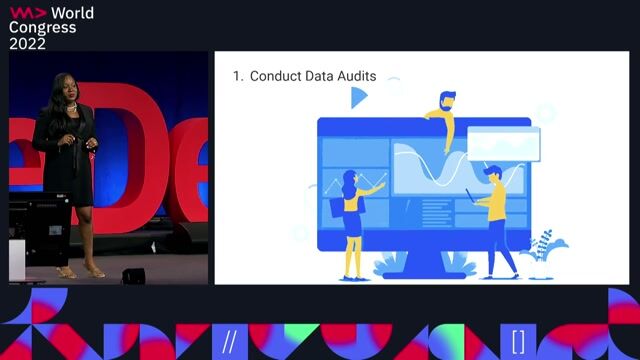
19:42 MIN
A practical framework for building responsible AI
A walkthrough on Responsible AI Frameworks and Case Studies

01:19 MIN
Defining the meaning of responsible AI in business
Responsible AI in Practice: Real-World Examples and Challenges
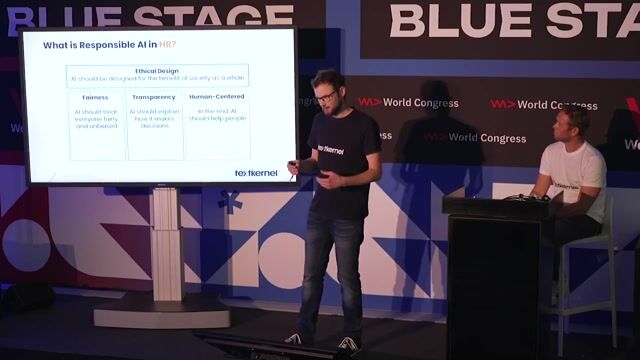
06:12 MIN
Defining the core principles of responsible AI
Rethinking Recruiting: What you didn’t know about Responsible AI

23:41 MIN
Making the business case for responsible AI
Responsible AI in Practice: Real-World Examples and Challenges

14:10 MIN
Managing the fear, accountability, and risks of AI
Collaborative Intelligence: The Human & AI Partnership
Featured Partners
Related Videos
 29:35
29:35Responsible AI in Practice: Real-World Examples and Challenges
Steffen Bosse, Mina Saidze, Ray Eitel-Porter & Björn Bringmann
 25:51
25:51Trust by Design: Creating Responsible AI-Powered Services
Dr. Marc Fuchs, Christoph Bräunlein, Eva Stepkes & Niklas Harzheim
 28:07
28:07Rethinking Recruiting: What you didn’t know about Responsible AI
Vincent Slot & Jaap Kersten
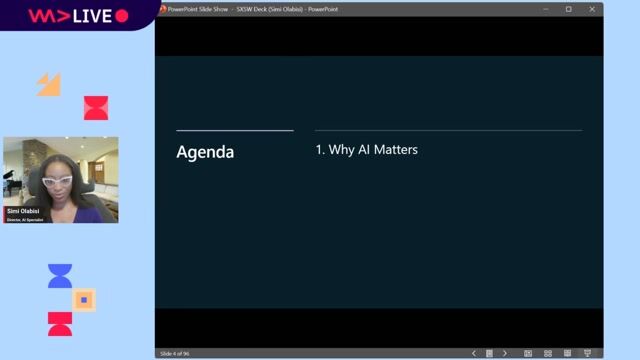 1:09:49
1:09:49Inside the AI Revolution: How Microsoft is Empowering the World to Achieve More
Simi Olabisi
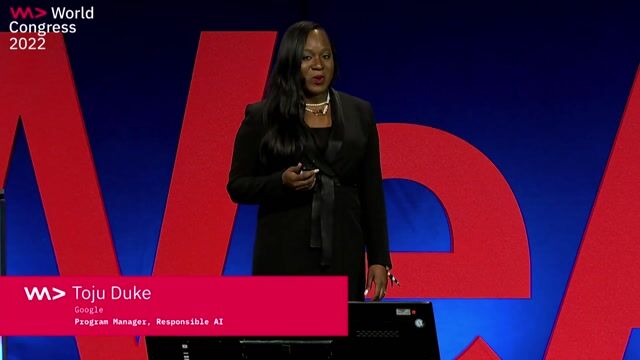 28:05
28:05A walkthrough on Responsible AI Frameworks and Case Studies
Toju Duke
 28:54
28:54Kill Switch or Moral Compass: Who Programs AI’s Conscience?
Torsten Stiller
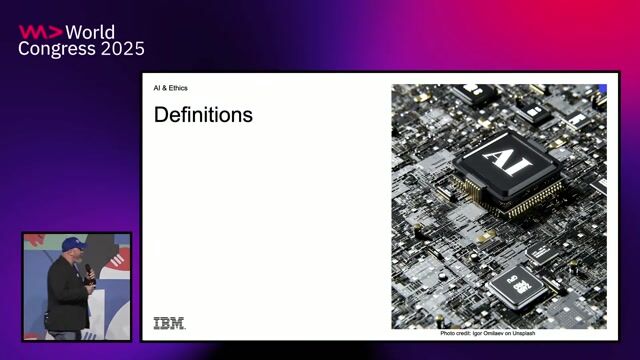 28:27
28:27AI & Ethics
PJ Hagerty
 24:33
24:33GenAI Security: Navigating the Unseen Iceberg
Maish Saidel-Keesing
From learning to earning
Jobs that call for the skills explored in this talk.

AI Governance Consultant
TRUSTEQ GmbH


Senior Machine Learning Researcher - MSR AI for Science
Microsoft Deutschland GmbH
Senior
NumPy
SciPy
Python
Pandas
PyTorch
+2

Senior Research Data Engineer: MSR AI for Science
Microsoft Deutschland GmbH
Senior
C++
Azure
Python
PyTorch
TensorFlow
+1





AI Business Process Solution Specialist (CRM / ERP / LowCode) /AI Business Solutions for Manufacturing
Microsoft Deutschland GmbH
Senior